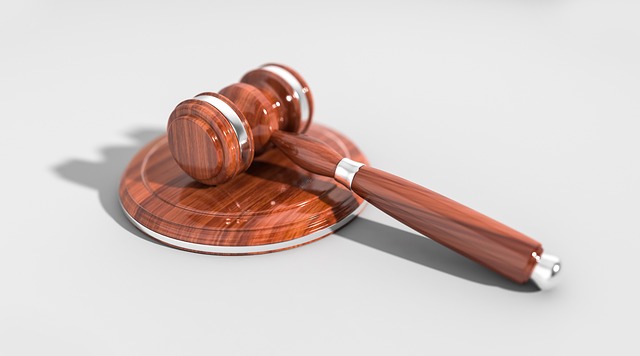Definition And Principles Of Legal Drafting
Legal drafting develops well-structured papers that are lawfully binding on the participants. Papers such as petitions, agreements, wills, memorandums, legislation, etc. are examples of legal drafts. It presents all pertinent topics, statements, and data. Drafting is the integration of law and reality in a linguistic form. In its broadest sense, it covers the creation of various legal papers such as wills, gift deeds, and contracts.
The principles of drafting are not particularly different when done by a lawyer. Still, principles are fundamentally necessary to be followed in this specific area more than others for an effective and impactful consequence of any lawyer’s drafting talents. While there are variances in some rules because of the various areas in which they are used, certain principles are commonly applied in all sectors and professions.
Broad Principles of Legal Drafting
Simple Language
It is critical to use straightforward language easy to understand by the average and reasonable person. This does not suggest that legal phrases should be eliminated; instead, unnecessary jargon and convoluted statements should be avoided. The language used in legal drafting services should be straightforward, clear, and correct. It should be in simple English.
Conciseness
An excellent draft is brief. A draft is comparable to a union or synthesis of facts and legislation. As a result, it must be simple. It should only provide important and necessary facts and information. It would be improper to add extraneous and insignificant material to a draft. Because a draft typically incorporates all facts and legal problems. It is widely understood that the draft’s language, although basic, accurate, and straightforward, should also be to the point, brief, and concise. This makes it easy for the reader to understand and read the documents efficiently.
Clarity
Clarity is essential since any ambiguity or uncertainty in a draft will damage it. The choice of words must be concise. While it has been suggested that basic language should be used, it should be highlighted that words should be carefully picked. We should prefer using simple and commonly used terms, instead of difficult ones. The drafter should utilize easy terms so the reader can read without effort or tension.
Methodological Approach
The manuscript should be free of grammatical errors, and the structure should be proper. There should be no spelling mistakes in the content. Such mistakes negatively impact readability. Errors such as spelling problems or inappropriate grammatical usage should be avoided since the most fundamental ability required for any draftsman is an upper hand in the language.
The draft’s content should be divided, and paragraphs should be utilized when needed. This helps the reader to readily understand the draft’s contents and guarantees that they can follow the flow of the text without becoming lost or confused. It also allows them to process the information given through the texts. If possible, the writing should also follow the chronological sequence of the facts. For example, suppose the facts contain information that one drove to the bank and was later engaged in an accident, and these are the relevant facts. In that case, these facts should be expressed in chronological sequence and not muddled together. It is also preferable to employ active voice instead of passive voice.
Mind Mapping
To prevent the errors mentioned earlier, the draftsman should outline the draft before drafting it via legal outsourcing services. There should be a clear map outlining what needs to be included or eliminated, as well as where the material falls. It should be a skeleton of the real document or a design of the actual draught. Mind mapping is a great technique for anybody who needs to prepare papers since it clears any confusion that the draftsman may have. Mind mapping enables the draftsman to have a clear notion and strategy. This assures that nothing is missing or put at random times. No information is forgotten since the draftsman can always refer to the basic summary of the draft to see or verify what has already been added or missed.
Organize The Facts
Know all the facts, events, and associated information before drafting the points. Refine in the thoughts what is significant and what is not. Now, the facts are connected in succession with all the necessary points. In that order, write rationally in paragraphs correctly related to one another. Both chronological order and logic must be used correctly. Our draft should be precise, concise, and unambiguous. The notion we are providing should be consistent and uniform.
Conclusion
Draft writing is a skill. It can be readily learned if we follow the main rules outlined above. They apply to all types of papers and all industries and are not only confined to the law. These principles express that a good draft is written clearly and correctly in simple language, with a logical framework to back it up.
For more valuable information visit this website






